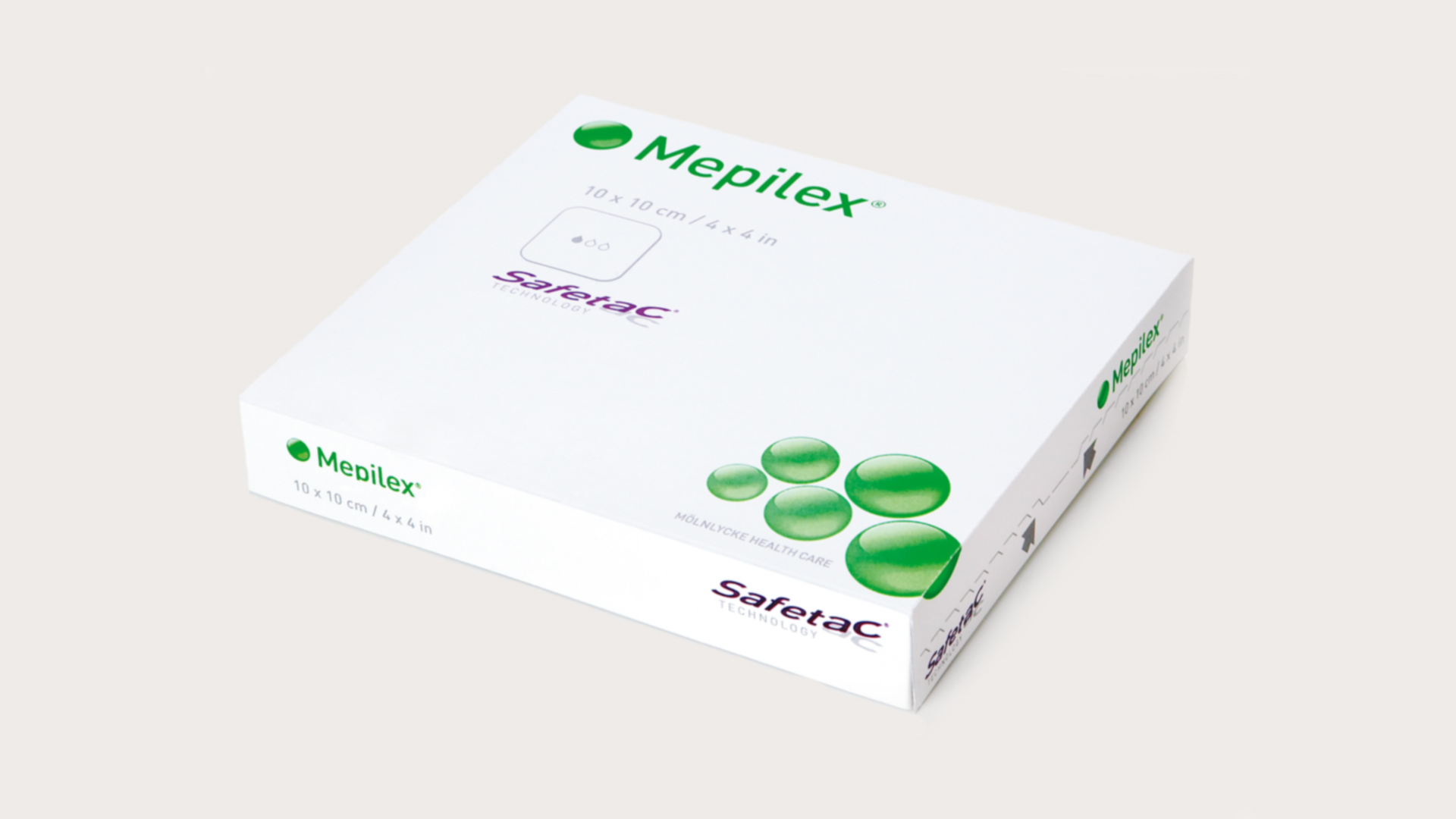

In a study looking at frequency of contact sensitivities in patients with chronic wounds, 55.5% exhibited contact sensitisation to at least one substance. It was concluded that pentaerythritol ester of hydrogenated rosin (used as a tackifying agent) retained the sensitising potential of colophony.
Mepilex ag side effects Patch#
When patch tested, patients reacting to hydrocolloid dressings displayed positive to colophony and to DuoDERM E or DuoDERM CGF.
Mepilex ag side effects skin#
In one case, a patient with recurrent leg ulcers developed severe eczematous lesions of the skin surrounding an ulcer after the use of a protease-modulating matrix the sensitising agent was regenerated oxidised cellulose. 4-7 CasesĬontact urticaria syndrome, a type 1 immediate hypersensitivity reaction (in this case to carboxymethylcellulose in a dressing) has been reported, 8,9 as well as ACD from a hydrogel dressing. In addition, reactions to wound dressings or their components (for example, adhesives) are common. The antimicriobial compounds used in wound preparations and dressings can also cause sensitisation reactions, for example, neomycin sulfate, chloramphenicol, bacitracin and cetrimide cream.Ĭommonly used antiseptics, such as silver nitrate, silver sulfadiazine, iodine and triclosan, all have sensitising potential. 3Ī variety of medical products have been implicated, including latex, nickel, lanolin, emulsifying agents, balsam of Peru and fragrances. 2The incidence of skin sensitisation in Asian patients with venous leg ulcers showed ACD to be 61.4%. 1 This is supported by patch test data showing that 63% and 52% of patients with leg ulcers had reactions to one or multiple allergens, respectively.

Studies have shown that 50-81% of patients with leg ulcers tested for ACD have venous eczema.ĪCD occurs in 1.4-5.4% of the general population and up to 30% of chronic wound patients. Venous eczema compromises the barrier function of the skin and permits absorption of allergens, resulting in acute sensitisation. The role of IL-1 in Langerhans cell antigen presentation also has an important function in ACD in venous leg ulcer. In addition, it has been postulated that the immune system may be activated early in venous disease by interleukin-1 and -6. Patients with leg ulcers are particularly liable to develop ACD, owing to frequent contact with a variety of topical chemicals, for example, topical steroids/antibiotics, emulsifiers and adhesives applied over a prolonged period of time. In patients with venous leg ulcers, changes in the local circulation, in conjunction with venous hypertension, can lead to the development of conditions such as lipodermatosclerosis, atrophie blanche, hyperpigmentation, dryness and scaling. This makes the care of peri-wound skin challenging. The skin surrounding chronic wounds is generally subject to varying degrees of traumatic insult, such as the application and removal of wound dressings/tapes or cleansing procedures. It is important to be aware of the potential for ACD, and to identify and avoid the use of those dressings and other topical agents known to provoke such reactions. Preventing such reactions should be of concern when selecting a treatment.

The impact of such reactions includes delayed healing and a consequent increase in treatment costs, as well as reduced quality of life. Many of these reactions are sensitisation or ACD. Patients with leg ulcers, in particular venous ulcer, exhibit a high incidence of skin reactions to topically applied agents, such as wound dressings and emollients. 1 CPD Credit Click here to take a test on this article and claim your certificate on MIMS Learning


 0 kommentar(er)
0 kommentar(er)
